China : Unmatched Growth and Demand Trends
China holds a commanding market share of 40% in the APAC pharmaceutical glass-packaging sector, valued at $3000.0 million. Key growth drivers include a booming pharmaceutical industry, increasing healthcare expenditure, and a rising demand for biologics and vaccines. Regulatory policies favoring local production and stringent quality standards further bolster market growth. Infrastructure improvements and industrial development initiatives are enhancing manufacturing capabilities, making China a hub for pharmaceutical packaging.
India : Healthcare Growth Fuels Demand
Key markets include Maharashtra and Gujarat, where major pharmaceutical companies are located. The competitive landscape features players like Schott AG and Gerresheimer AG, which have established manufacturing facilities. The local business environment is favorable, with supportive policies and a growing emphasis on sustainable packaging solutions. The biopharmaceutical industry is a significant sector driving demand for glass packaging.
Japan : Technological Advancements Drive Growth
Key markets include Tokyo and Osaka, where major pharmaceutical firms are concentrated. The competitive landscape is characterized by strong players like Nipro Corporation and Schott AG, which lead in innovation and quality. The local market dynamics favor high-end packaging solutions, with a focus on biologics and specialty drugs. The pharmaceutical sector's growth is closely tied to advancements in packaging technologies, enhancing product safety and shelf life.
South Korea : Strong Regulatory Support and Innovation
Key markets include Seoul and Incheon, where major pharmaceutical companies are based. The competitive landscape features significant players like Corning Inc and Gerresheimer AG, which are known for their innovative packaging solutions. The local business environment is conducive to growth, with a focus on sustainability and advanced manufacturing technologies. The biopharmaceutical industry is a key driver of demand for glass packaging solutions.
Malaysia : Government Initiatives Boost Market
Key markets include Selangor and Penang, where many pharmaceutical companies are located. The competitive landscape features players like Stölzle-Oberglas GmbH and local manufacturers. The business environment is favorable, with supportive government policies and a focus on innovation. The pharmaceutical sector's growth is closely linked to advancements in packaging technologies, enhancing product safety and efficacy.
Thailand : Investment in Healthcare Infrastructure
Key markets include Bangkok and Chonburi, where major pharmaceutical companies are concentrated. The competitive landscape features players like Ardagh Group and local manufacturers. The local business environment is supportive, with a focus on sustainability and innovation. The pharmaceutical sector's growth is closely tied to advancements in packaging technologies, enhancing product safety and shelf life.
Indonesia : Healthcare Demand Drives Growth
Key markets include Jakarta and Surabaya, where many pharmaceutical companies are located. The competitive landscape features players like Nipro Corporation and local manufacturers. The local business environment is improving, with supportive government policies and a focus on innovation. The pharmaceutical sector's growth is closely linked to advancements in packaging technologies, enhancing product safety and efficacy.
Rest of APAC : Varied Demand Across Sub-regions
Key markets include Vietnam and the Philippines, where local pharmaceutical industries are expanding. The competitive landscape features a mix of local and international players, each catering to specific market needs. The business environment is diverse, with varying levels of regulatory support and infrastructure development. The pharmaceutical sector's growth is closely tied to local healthcare demands and advancements in packaging technologies.


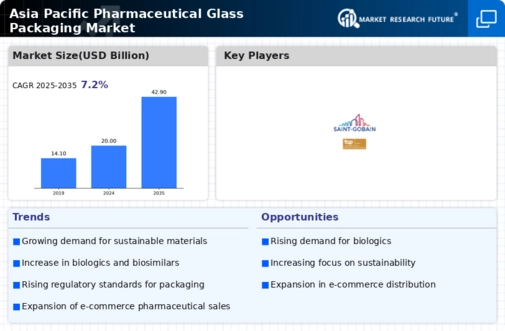


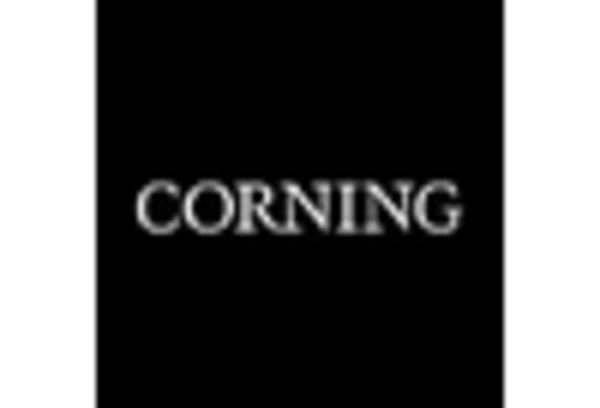
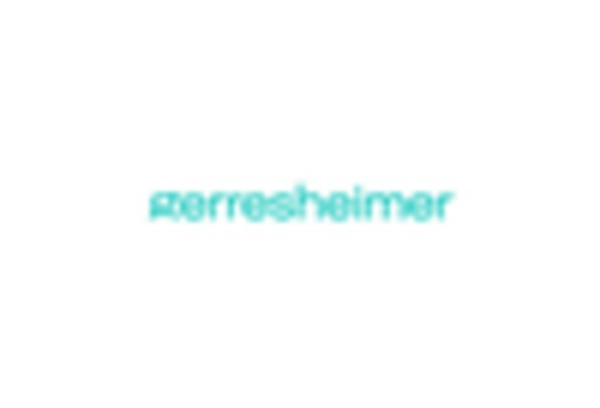
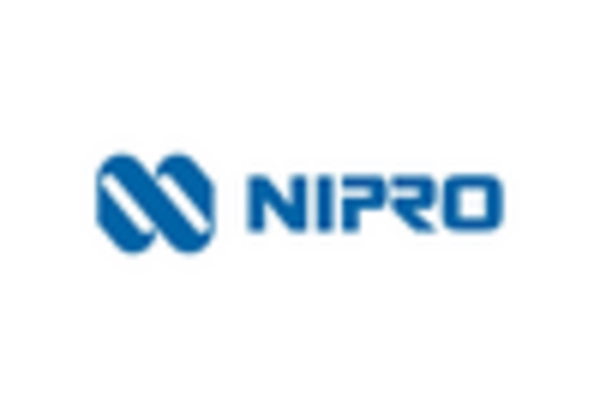
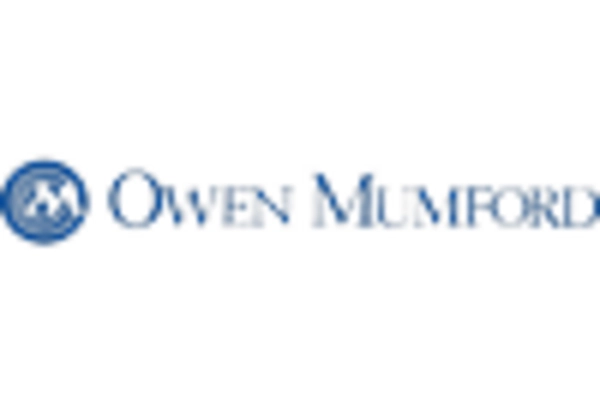









Leave a Comment